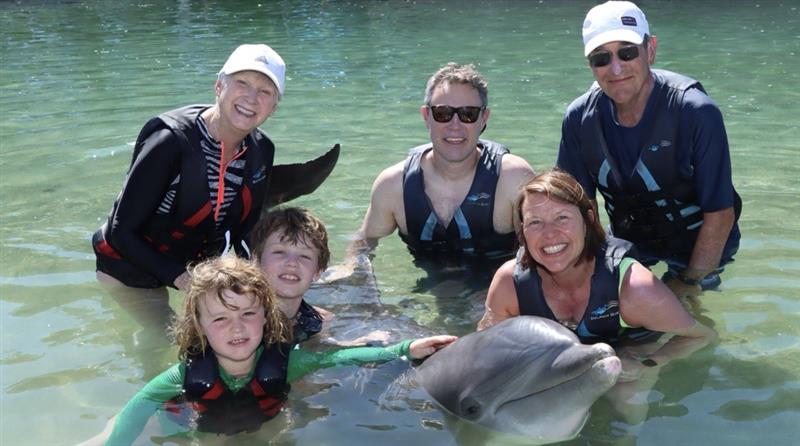Travel broadens experience and knowledge if you care to learn. Our family enjoys nature, often we are outdoors in one activity or another. In Hawaii we stayed in the rain forest with the nene or Hawaiian goose. The word “nene” comes from the bird’s soft, almost gentle call. The literal translation of the word oleo, means “to chirp, as a cricket, to croak…whimpering, as a sleeping infant.” The bird has also been know to moo like a cow. The big island is highly populated by Spanish goats, we can thank Captain Cook for introducing domestic goats in 1778, they thrived and from them feral goats became prominent. The goats are herbivores and not helpful to the Hawaiian ecosystem.
On the other hand, who does not love a gecko. In Hawaii there are 7 different species, only two are green with distinctive red stripes; orange yellow and blue accents. The Gold Dust Gecko is native to Madagascar, can live up to 15 years, the Mo’o as they are known in Hawaiian, are 4-6 inches long and friendly for the most part. It is believed the green gecko was the inspiration for the GEICO company’s lovable mascot. If you see a green gecko that has similar markings to Mo’o, it is his cousin, the Madagascar Giant Day Gecko up to 11 inches in length.
There are no native snakes in Hawaii, well except the yellow-bellied sea snake. Although they could be harmful they shy away from humans in their aquatic home. Unfortunately, other species have been transported to the island but they are a rare find and most of the nine are not poisonous, although you could get a crush from the occasional ball python and boa constrictor. With no natural enemies, they are dangerous addition to the ecosystem and not welcome. I am fairly comfortable that your risk from snakes in the Islands is very minimal.
But I digress, did you know that over 70% of the earth’s surface is underwater? How about the fact that 94% of the entire planet’s wildlife exists within the oceans. The oceans have been the buffer for the environmental impacts created by the burning of fossil fuels. The planet is warming rapidly, and with it the temperatures of the oceans. We are impacting the oceans cooling and CO2 absorption rates. The oceans “holds 60 times more carbon than the atmosphere and absorbs almost 30% of carbon dioxide emissions produced each year. The ocean generates about 50% of the oxygen we need while capturing 90% of the excess heat. Carbon dioxide will increase the acidity of the water over time and negatively affect minerals required by “oysters, clams, lobsters, shrimp, coral reefs, …..” we are putting dangerous pressure on the fragile ecosystem of the world’s seas.
Enough of the lecture. Enjoy the dolphin pictures. These creatures are bred in captivity by Marine biologists. My first question to our host, are they happy. Cara explained they are emotional and the trainers can tell when they are happy. If the Dolphin’s do not enthusiastically greet and participate with the guests, they get the day off. We met two Dolphins up close and the kids swam with them. Literally, the dolphins matched the speed of Hank and Margie, never leaving their side. They can live up to 40 years. The Dolphin is a first cousin of the Killer Whale who is also technically a dolphin. While the dolphins weigh 3-400 pounds, a full grown Orca is 30 feet long and weighs 10 tons. There are 45 different species of dolphins and not to be confused with porpoises. Yes, dolphins are very intelligent.
Cara has dedicated her life to the dolphins and her passion has taken her across the world. One day the obvious inter connectivity of every creature on the earth and our need to protect our mutual environment may overcome our self centered, agenda dominated world. Keep the faith. Mike
Recent Posts
Categories

